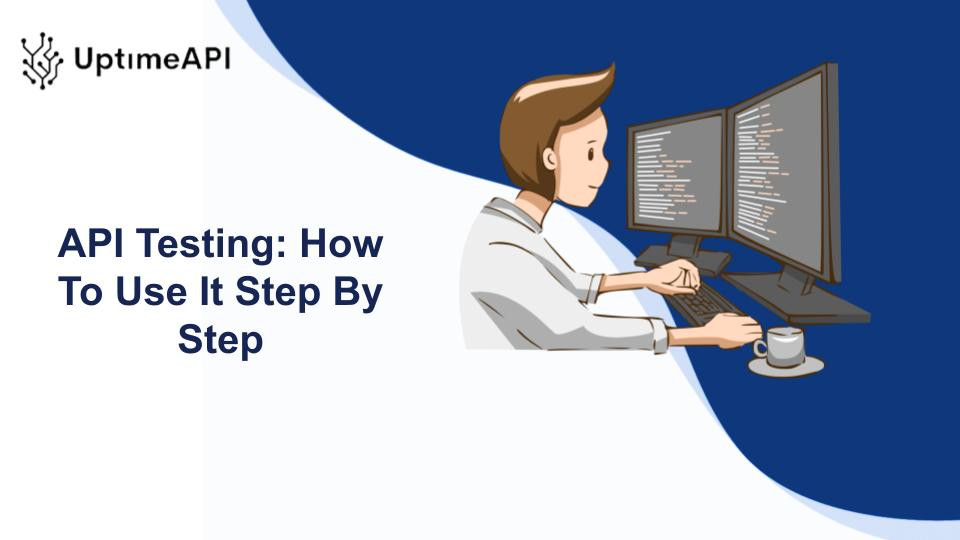In the realm of modern software development, APIs (Application Programming Interfaces) play a pivotal role in enabling communication between different software applications and systems. As software systems become increasingly interconnected and reliant on APIs, the importance of API testing becomes more apparent. This article delves into the significance of it, its role in ensuring the reliability and performance of APIs, and provides a comprehensive guide to get started.
Understanding the Importance of API Testing
APIs serve as the backbone of modern software applications, facilitating the exchange of data and functionality between disparate systems. As such, ensuring the reliability and performance of APIs is paramount to the overall success of software projects.

The reliability of APIs ensures that they consistently deliver accurate results and responses, thereby maintaining the integrity of data exchanges. On the other hand, performance pertains to the speed and efficiency with which APIs handle requests and process data, directly impacting user experience and system responsiveness.
APIs play an important role in modern software development methods by enabling microservices design, cloud computing, and third-party interaction. APIs abstract the underlying complexity of systems, allowing developers to extend existing functionality and speed up the development process. They make it easier to separate concerns and modularize code, which promotes code reuse and maintainability.
Getting Started
API testing is the process of checking API behavior and functionality, such as the request-response mechanism, data formats, error handling, and security protocols. It ensures that APIs meet functional needs, adhere to specifications, and perform optimally across a variety of circumstances. It ensures that APIs behave appropriately, generate the desired results, and adhere to set standards and specifications. It seeks to detect flaws, faults, and inconsistencies in API behavior, ensuring that APIs operate reliably and consistently.
Integrating this method into the software development lifecycle offers numerous benefits, including early detection of defects, improved software quality, faster time-to-market, and enhanced user experience. By identifying and resolving issues early in the development process, API testing minimizes the risk of costly errors and delays in production.
Uptime API
This API allows for real-time monitoring and instant insights. You will receive alerts in the format that best meets your needs, such as email, SMS, or webhook notifications. Setting up monitors is simple. You can establish monitors by providing the API endpoint URL and setting monitoring intervals and timeouts.
Monitoring intervals determine how frequently Uptime API checks your API’s status, while timeouts limit how long it can wait for a response. These settings allow you to customize monitoring to meet your individual needs and expectations. You can set alerts in your Uptime API dashboard and designate who should get notifications. This allows you to keep your coworkers updated.
Here’s a Video That Will Explain To You How This API Works
This API offers configurable plans with variable monitor constraints, allowing you to select the best plan for your monitoring requirements. It offers historical data and analytics, allowing you to monitor API uptime and performance trends over time. You’ll be able to review your logs to determine what went wrong with your API. They provide a 30-day free trial so you can experience the benefits of Uptime API before committing to a membership.


